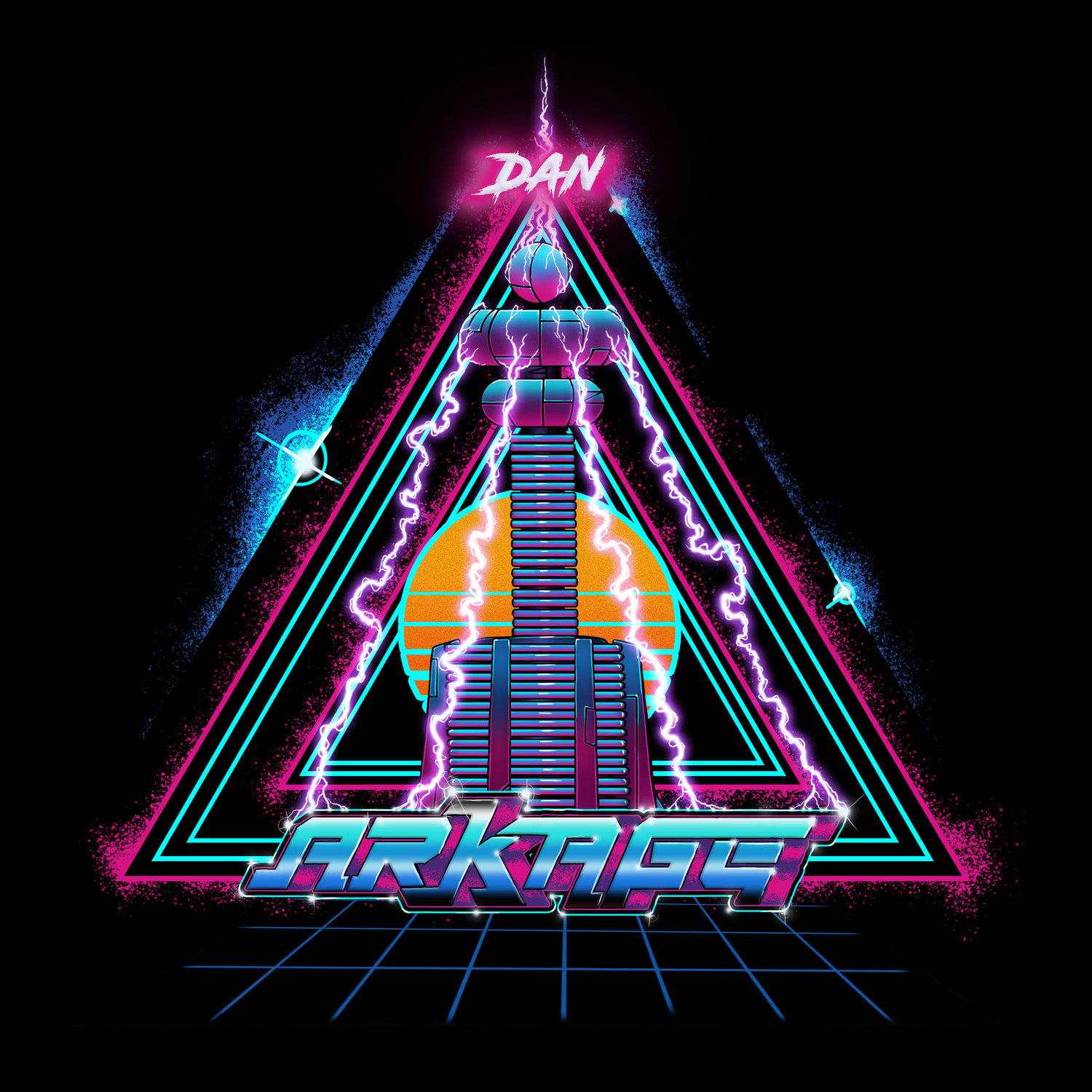When the original Titanfall was released, it was, to be fair, a stripped down game. With no single player and a smaller budget than the team at Respawn Entertainment were used to, having come from Call of Duty creators Infinity Ward, they never the less created arguably 2014’s best multiplayer shooter.
Fast forward two years and Respawn return with Titanfall 2. The budget been increased, single player is in and the multiplayer has been refined to near perfection. In short, they did it again, and even more surprisingly the single player is awesome.
That mode focuses on rifleman Jack Cooper, who after a disastrous drop onto a planet is paired with Titan BT-7274, a vanguard class titan. The tutorial before this show’s BT’s former pilot taking Jack through training exercises so he can take his pilot's exam, showing you how to jump, wall run and shoot, it setting up the story in a way that invokes the opening of the original Halo. Once BT becomes Jack’s titan, the story really takes off.
BT is probably one of the best new characters in recent memory. The AI that makes up his personality gives advice to Cooper, along with world building exposition and the odd funny comment, born of a machine's inherent inability to understand sarcasm. It makes him believable, a character you can root for. The team of Cooper and BT take you through the story with a relationship that just feels right.
This adds to the universe Respawn started in the original game, which had very little world building. In contrast, even the levels in the sequel flesh things out, let alone all the actual exposition that is done with cutscenes etc. The only problem with the story is the fact that the bad guys are painted as ‘the bad guys’.
What I mean by this is that no time is devoted to why the IMC are actually battling the Militia forces in a galaxy spanning conflict, you are just given a gun, a titan and pointed in their general direction. Normally, this wouldn’t be much of an issue, but the rest of the campaign sets up such an interesting universe that it does it a disservice to have to go to a wiki to figure out quite what is going on in the greater war.
This extends to the ‘bosses’ of the campaign, a series of mercenaries known as the Apex Predator’s. There is no reason given for their employment, and are actually a bit of an overused trope as they say things like “I haven’t been paid to kill you”, pretty standard dialog when combined with all the comments that most other games use for their mercs.
On the plus side, a couple of these bosses are pretty cool. I especially like Viper, who pilots a airborne titan and spouts almost IP infringing dialog ripped straight out of Top Gun, and I appreciate the goofiness it brings to an already slightly goofy tale. This does feel a little random and out of place, but the boss fights don’t overstay their welcome, so it's a small niggle.
Every so often, BT gains a new loadout, taken from the Titan presets in the multiplayer mode. It is a great addition because it stops the sections where you stay in the cockpit becoming boring, giving you new toys to play with. Not all of them are perfect, but that is very much a player preference thing, and with that said, there was something about each that was kinda cool, such as the Ronin loadouts electrified sword that can be used to deflect bullets.
There are some great levels in the campaign, with Effect and Cause being one of the most cleverly designed shooter levels in recent memory. It is cohesive and fun, and doesn’t take the gimmick of it too far. I am trying not to spoil things, as it really is part of what makes the campaign so good. One of the final missions is a blast as well, again not overstaying its welcome with its gimmick.
Overall the campaign is a brilliant, a real surprise to an already great package, assuming that they didn’t mess with the gameplay in the first one. They in fact did, but the changes made streamline aspects of the core feel, and this makes Titanfall 2 one of the best multiplayer shooters in years.
All the usual unlocks, merits and modes are there, but changing your character gives you a primary ‘Tactical’ ability. So if you want to use the STIM pack, that is a different character model than the one with the grapple hook, with every weapon available for all models.
As you unlock more, secondary abilities can be swapped, giving you personal cloaks among other things. The original game suffered from what felt like a very small amount of unlockables, but Titanfall 2 strikes a good balance. Is it as many as in say Call of Duty? No, but it doesn’t need to be, there is enough to unlock without feeling like you got everything super quick.
The nebulous ‘feel’ of the game is pitch perfect, I have rarely played matches where no matter how bad I did, it felt great to play. I wasn’t killed almost upon spawn, battles escalate nicely, I never felt hopelessly outclassed and felt like with some deft exploitation of the environments I could get the drop on opponents. I managed to get a three skill streak in more than a few matches with this and it felt great.
Titanfall 2 is a great package. It has a surprisingly great single player campaign, with some memorable characters, outstanding levels and badass moments. The multiplayer is the perfect way to battle real players, escalating to pitched battles with Titan vs Titan and pilot vs pilot action. If you want a lasting shooter experience, you can do no better.










